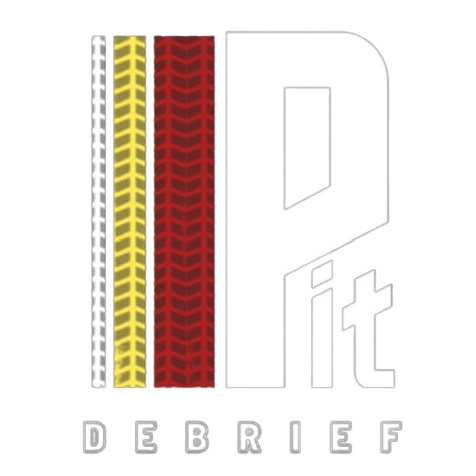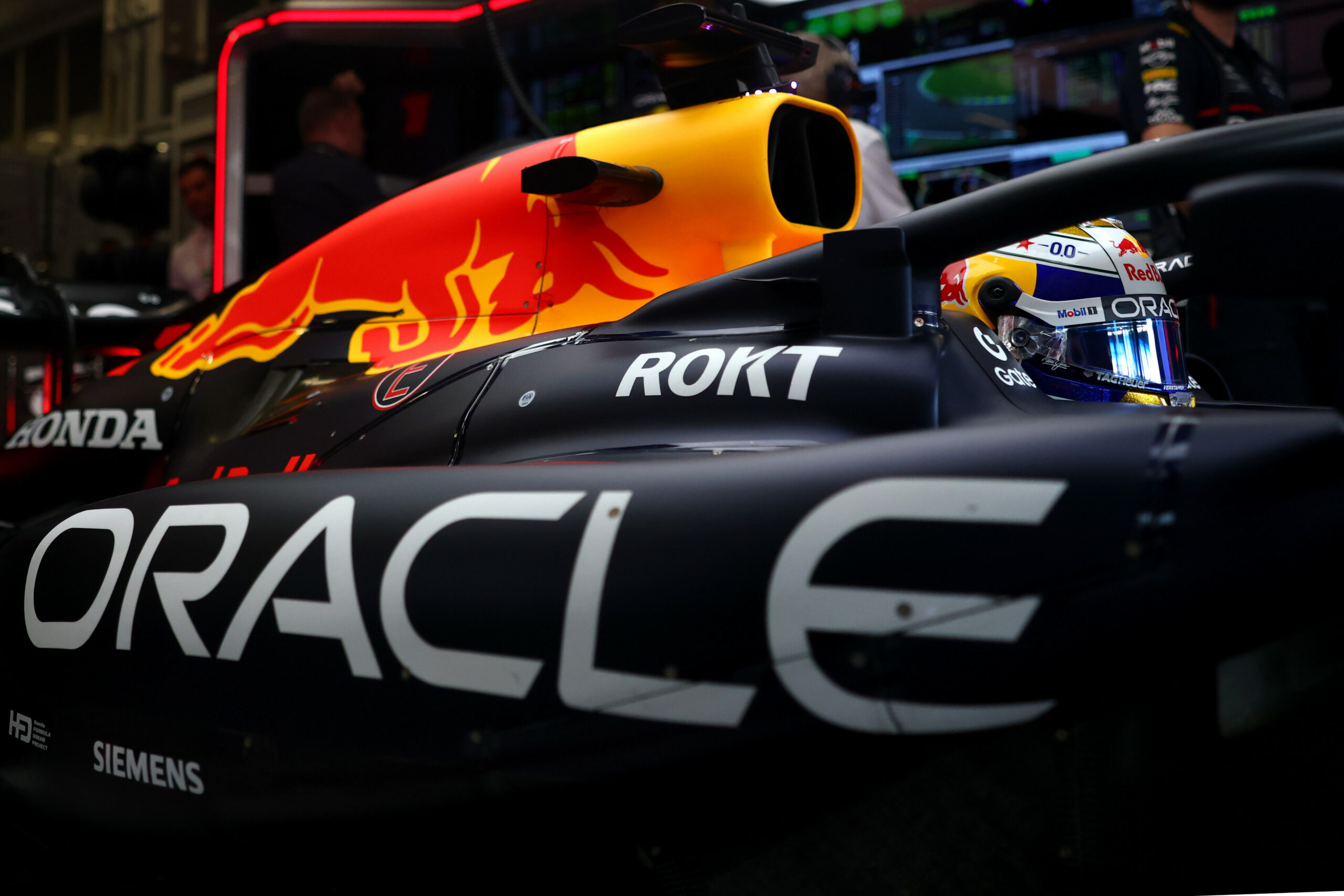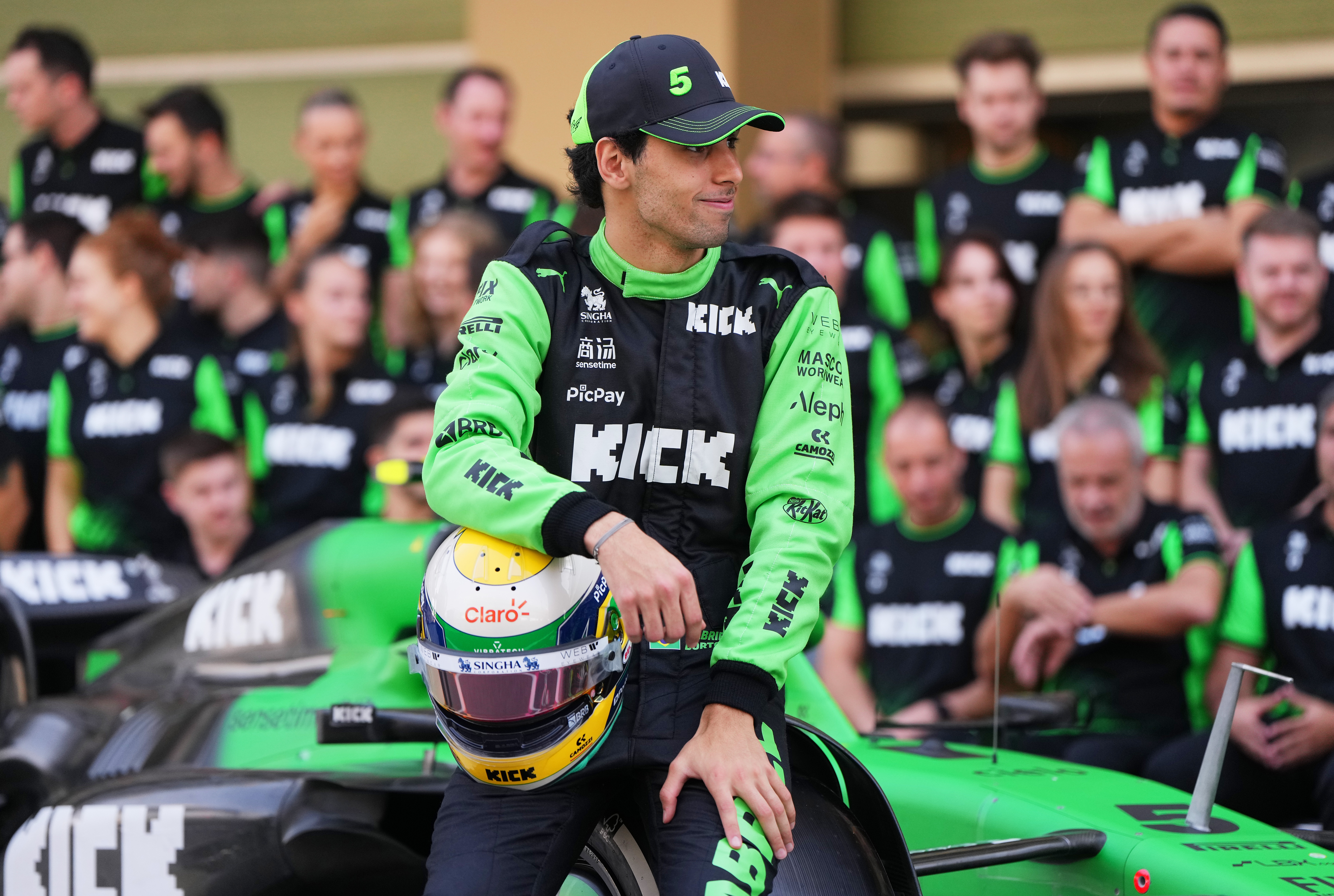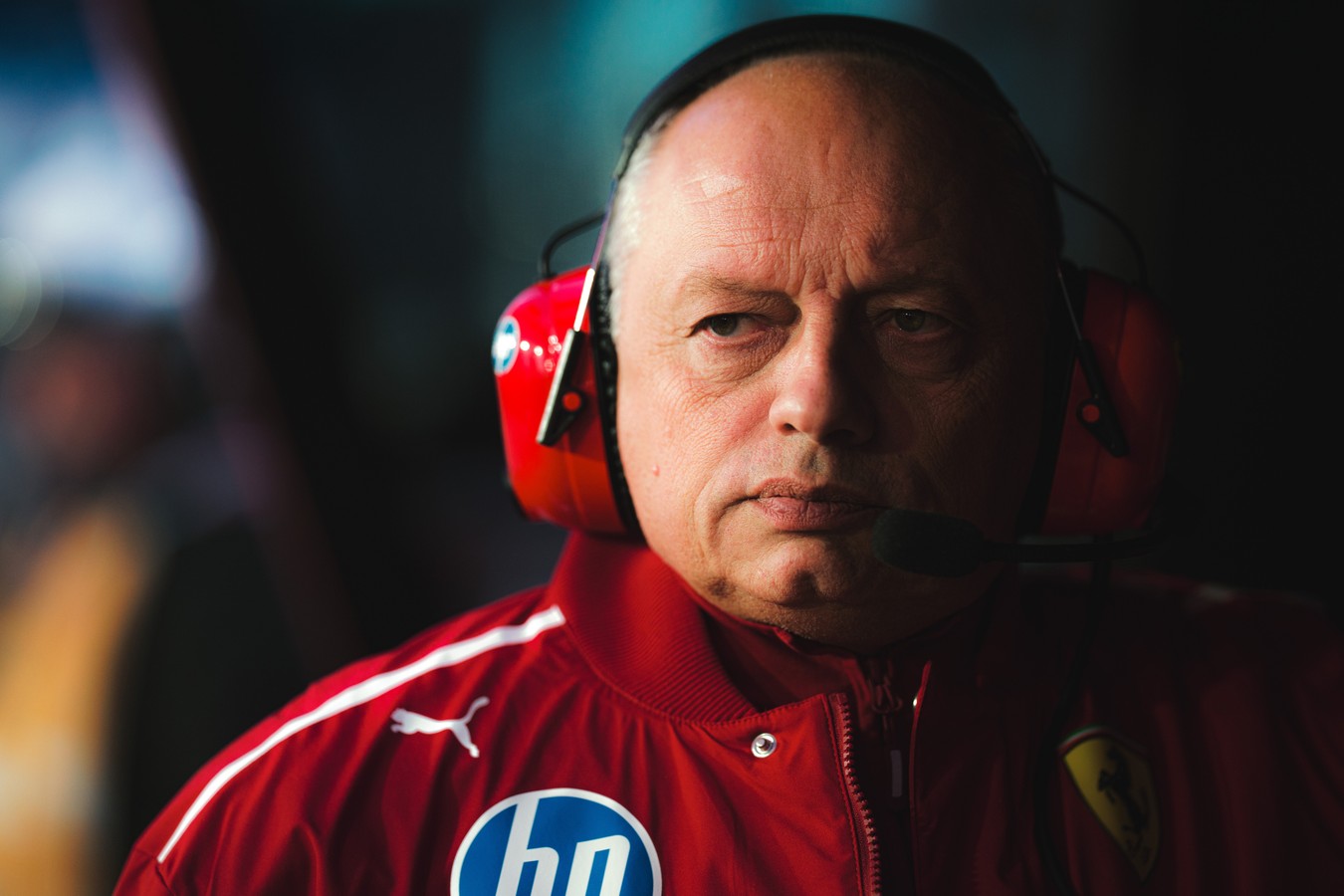The GT World Challenge Europe Powered by AWS started in 2011 with the Blancpain Endurance Series. It quickly grew with strong grids, professional and amateur drivers, and the CrowdStrike 24 Hours of Spa as its flagship race. In 2014, a Sprint Series joined, later forming the Endurance and Sprint Cups. With partners like Fanatec and AWS, the championship became a 10-round season split between sprint and endurance formats. Linked with series in Asia, America, and Australia, it created a global GT World Challenge platform. Since 2021, esports have also played a role, adding a virtual competition alongside real-world racing. Today, the series combines tradition and innovation, standing as a benchmark for GT3 racing worldwide.
The Cars & Technical Regulations
All cars in GT World Challenge Europe are FIA GT3-homologated. Manufacturers must build at least 300 road cars each year before turning a model into a racer. The FIA and SRO test every car on dynos, in wind tunnels, and on track. Brands submit engine, aero, and weight data. Once approved, a model stays locked in, with only small updates allowed through Evo kits.
The cars use very different engines. Some run turbocharged V6s, others naturally aspirated V8s, V10s, or even V12s. Power sits around 500 to 600 horsepower, limited by Balance of Performance rules. Weight ranges between 1,200 and 1,350 kilograms, depending on the car and adjustments. Top speed reaches 280 to 300 km/h, depending on the circuit.
Electronics keep the cars controllable. ABS and traction control are allowed, but active aerodynamics are banned. Pirelli supplies every tyre: P Zero slicks for dry running and Cinturato wets for rain. All teams use the same 102 RON racing fuel, so no one gains an edge from fuel chemistry.
Balance of Performance
Balance of Performance, or BoP, keeps the GT World Challenge Europe field equal and ensures fair competition. To achieve this, SRO manages the system and gathers data from every session. In practice, ECU logs, GPS tracking, dyno runs, and wind tunnel tests all provide detailed information. Once collected, officials then study lap times, sector splits, and straight-line speed to identify differences.
Based on that analysis, adjustments follow. For example, weight may be added or removed. In addition, engine power is controlled by altering turbo boost levels or air restrictors. Aerodynamic efficiency can also change through ride-height settings. Furthermore, fuel tank capacity and refuelling restrictors shape stint length and pit stop time. Before each race weekend, SRO publishes updated settings, and teams must adapt their cars accordingly.
Unlike success ballast, BoP does not react to race results. Instead, it focuses only on technical performance. As a result, championship leaders avoid penalties, and the competition stays open. Thanks to this system, a rear-engined Porsche, a front-engined BMW, and a mid-engined Ferrari can all fight for the same victory in GT World Challenge Europe.
The difference of the Sprint Cup and the Endurance Cup
GT World Challenge Europe combines two formats into a single championship: Sprint and Endurance. Each tests different strengths, and together they create one of the most complete calendars in motorsport.
The Sprint Cup focuses on short, intense races. Each weekend features two one-hour contests, with two drivers sharing the car. A mandatory pit stop for driver change takes place within a short window, usually around halfway through the race. With limited time for strategy, results depend on raw pace, clean pit work, and the ability to fight wheel-to-wheel from start to finish. Circuits such as Brands Hatch, Zandvoort, and Misano host these events.
The Endurance Cup brings a different challenge. Races range from three to six hours, with the 24 Hours of Spa as the centrepiece. Cars usually run with three or four drivers, who must balance speed with consistency and manage fatigue over long stints. Strategy plays a major role, with pit stops for fuel, tyres, and driver changes often deciding results. Races at Monza, Paul Ricard, the Nürburgring, and Barcelona form the backbone of this half of the season.
Together, Sprint and Endurance create a complete test of teams and drivers. Success requires outright speed, reliable execution, and the ability to adapt from short, aggressive sprints to day-long endurance battles. This mix is what makes GT World Challenge Europe unique among GT3 series.
Pro, Gold, Silver and Bronze
GT World Challenge Europe runs one grid, but several classes create different races within the same event. Each class is defined by FIA driver ratings, which rank competitors as Platinum, Gold, Silver, or Bronze. Platinum drivers are elite professionals, usually contracted by manufacturers and proven in GT or endurance racing at the highest level. Gold drivers remain professional but with fewer achievements. Silver drivers are often young prospects or semi-professionals, while Bronze drivers are amateurs, many of whom finance their own racing.
From these ratings, GT World Challenge Europe builds categories. At the top sits the Pro class, which features all-Platinum or Gold line-ups and competes for overall wins. Meanwhile, the Silver Cup is reserved for Silver-rated drivers and serves as a proving ground for rising talent. The Gold Cup mixes Gold, Silver, and sometimes Bronze drivers, offering a middle step between amateur and full-Pro racing. Finally, the Bronze Cup ensures that gentleman drivers can fight for trophies by pairing them with pros in a balanced format. In addition, Spa often includes a Pro-Am Cup, which combines one professional and one amateur.
Because of these categories, several battles unfold at once during a GT World Challenge Europe Race. Pro cars fight for outright glory, while Silver and Gold entries chase class honours. At the same time, Bronze drivers compete for their own podiums, even if they finish mid-pack overall. This structure keeps amateurs engaged, gives young drivers a platform to develop, and ensures that teams of every level have a fair shot at success.
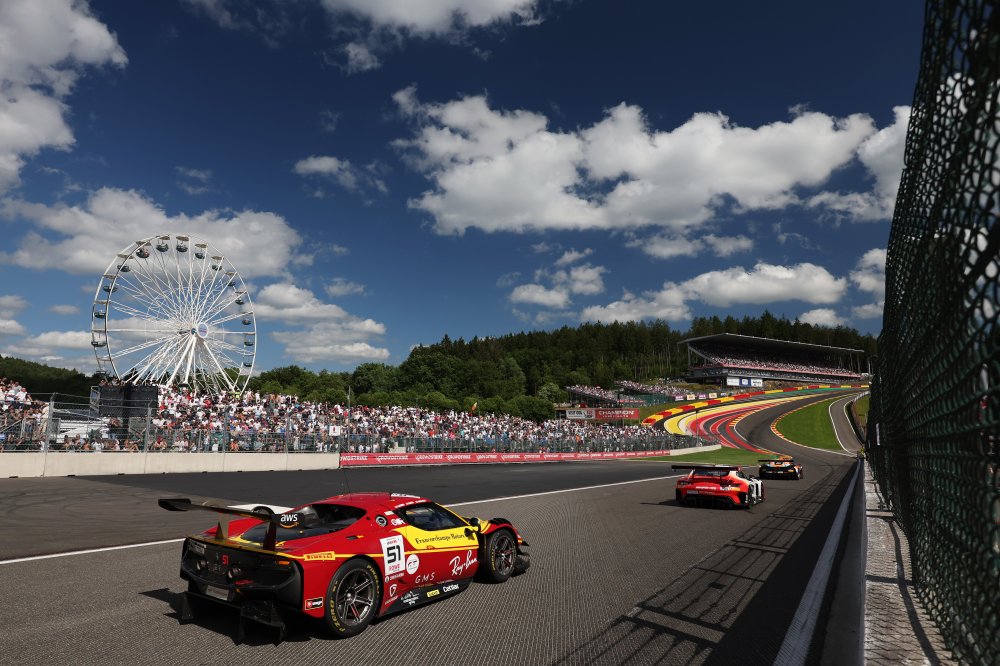
Who gets the points?
The points system in GT World Challenge Europe rewards results across Sprint races, Endurance rounds, and even qualifying sessions. In standard races, such as a one-hour Sprint or a three-hour Endurance event, the winner earns 25 points. The rest of the top ten score on a sliding scale down to one point for tenth. This structure applies in every class, so battles matter throughout the field.
Longer GT World Challenge Europe races increase the stakes. The six-hour Paul Ricard 1000km uses a 1.5 multiplier, giving 37.5 points to the winner instead of 25. At Spa, the 24-hour race splits scoring into three stages. Teams collect points at the six-hour, twelve-hour, and twenty-four-hour marks, with each stage using the standard 25–18–15 scale. A maximum of 75 points is available, making Spa the most valuable round of the year.
Qualifying sessions add further weight. In Sprint events, pole position awards one bonus point. At Spa, the Super Pole shoot out creates another chance to score. The fastest 20 cars from qualifying return for a single flying lap each to decide the front of the grid. The pole-sitter earns one point, while second through fifth also score smaller fractions, down to 0.125. These extra points may seem minor, but often prove crucial in tight title battles.
